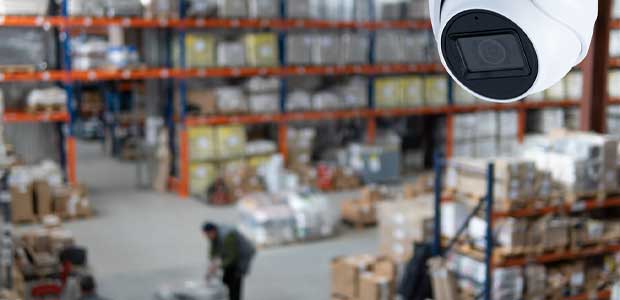
New NSC White Paper Discusses Computer Vision and its Possible Value on Safety in the Workplace
What can computer vision do for employers, and what are its limitations?
- By Alex Saurman
- Oct 28, 2022
In the last few years, apart from 2020 when COVID-19 started, the number of people fatally injured at work has not changed much. According to the Bureau of Labor Statistics, 5,190 workers died in 2016, 5,147 in 2017, 5,250 in 2018 and 5,333 in 2019.
The National Safety Council’s (NSC) Work to Zero initiative looks at ways to reduce the number of these fatalities with the use of technology. Recently, Work to Zero published a new white paper called “Using Computer Vision as a Risk Mitigation Tool,” which focuses on how this technology can play a role in the safety of a workplace.
Computer vision can be used to better analyze incidents at work, according to the white paper. By using artificial intelligence and machine learning tools, NSC said, computer vision can “identify and communicate the root causes of workplace incidents,” eliminating the need for people to scroll through hours of video footage.
This type of technology can "identify" and "monitor" PPE use, impairment while driving, factors relating to workplace violence like “unwanted guests, unusual behaviors and weapons” and what or who a sick worker makes contact with, according to an NSC news release. If trained correctly, NSC said, this computer vision may also be able to “recognize best practices during emergency situations.”
However, there are a few limitations to computer vision. Besides price and privacy concerns, NSC listed video quality and field of view as potential restrictions, though some may be able to work around the field of view issue with additional cameras.
“Every worker deserves the promise of returning home safely from work at the end of each day, but nationwide, 3.4 fatalities occur per every 100,000 full-time equivalent workers,” said Paul Vincent, NSC executive vice president of workplace practice in the news release. “While computer vision is being adopted by more organizations, the benefits are not widely understood and used to their full potential. This white paper highlights top research findings to make it easier for employers to leverage this technology to better identify root causes of workplace incidents and keep their employees safe on the job.”
To read the full white paper, visit NSC.org.
About the Author
Alex Saurman is a former Content Editor for Occupational Health & Safety,who has since joined OH&S’s client services team. She continues to work closely with OH&S’s editorial team and contributes to the magazine.